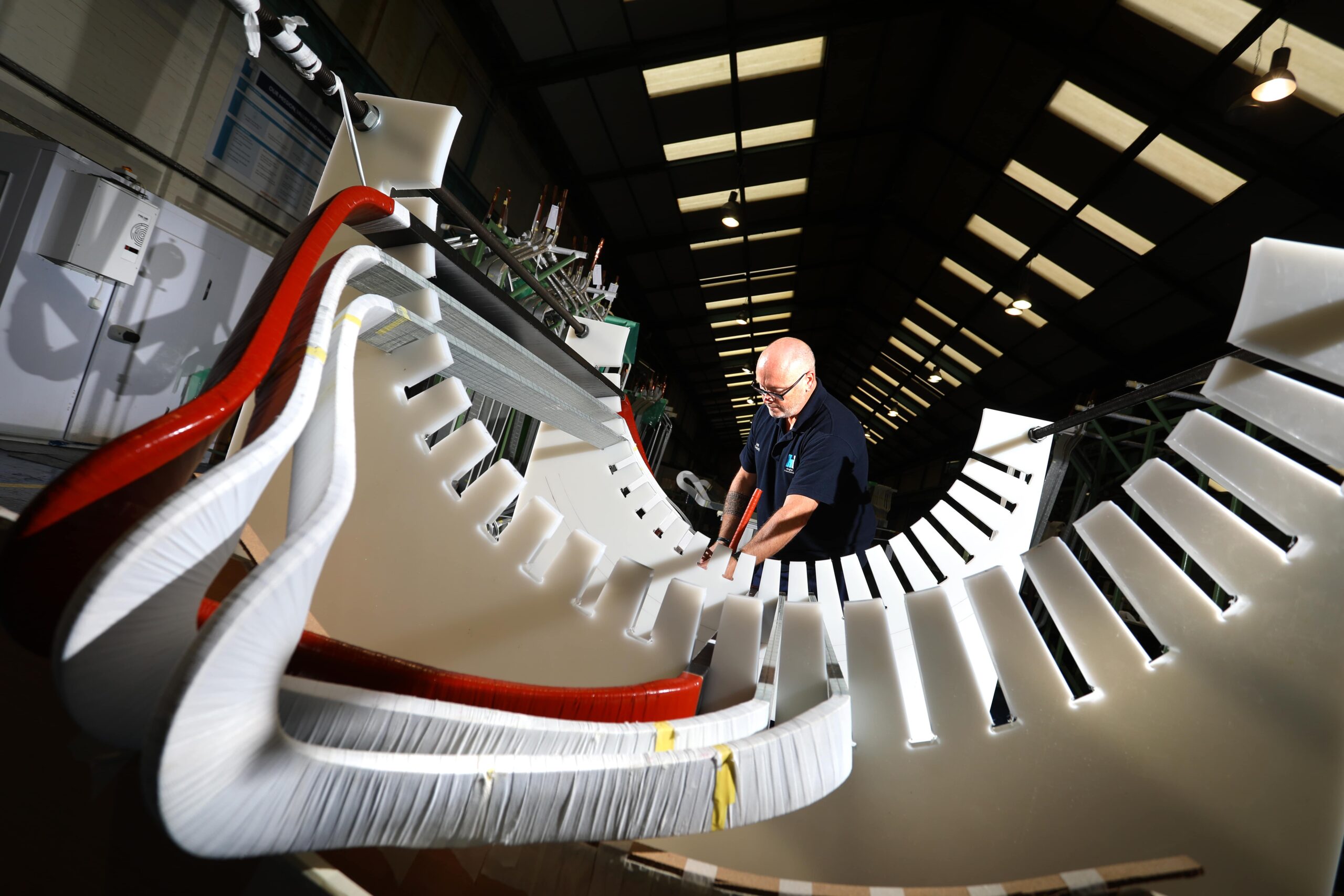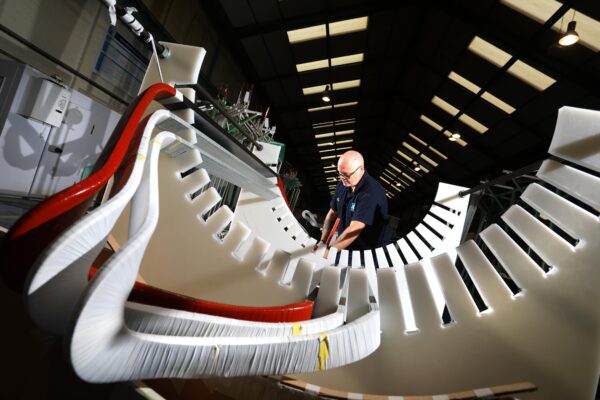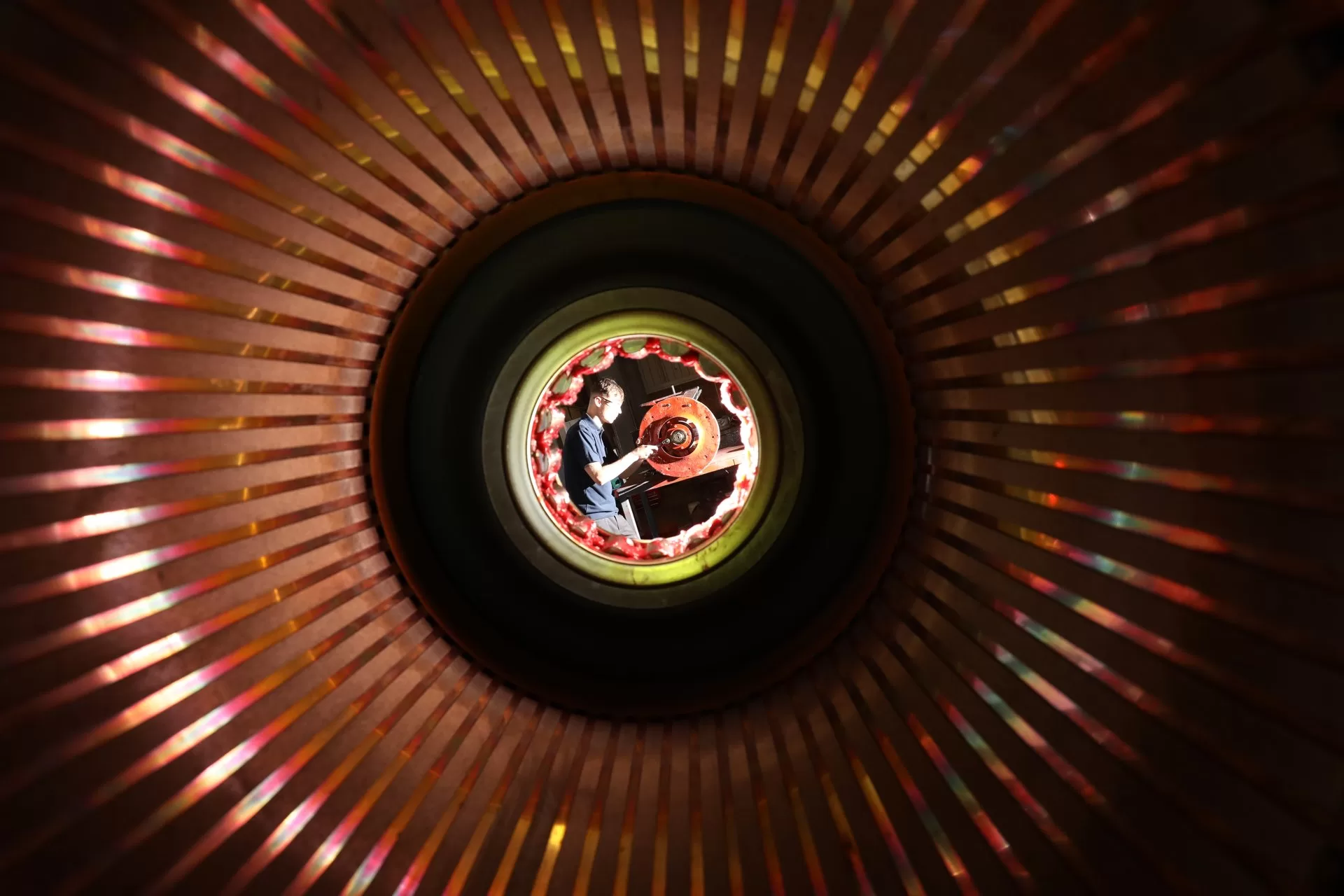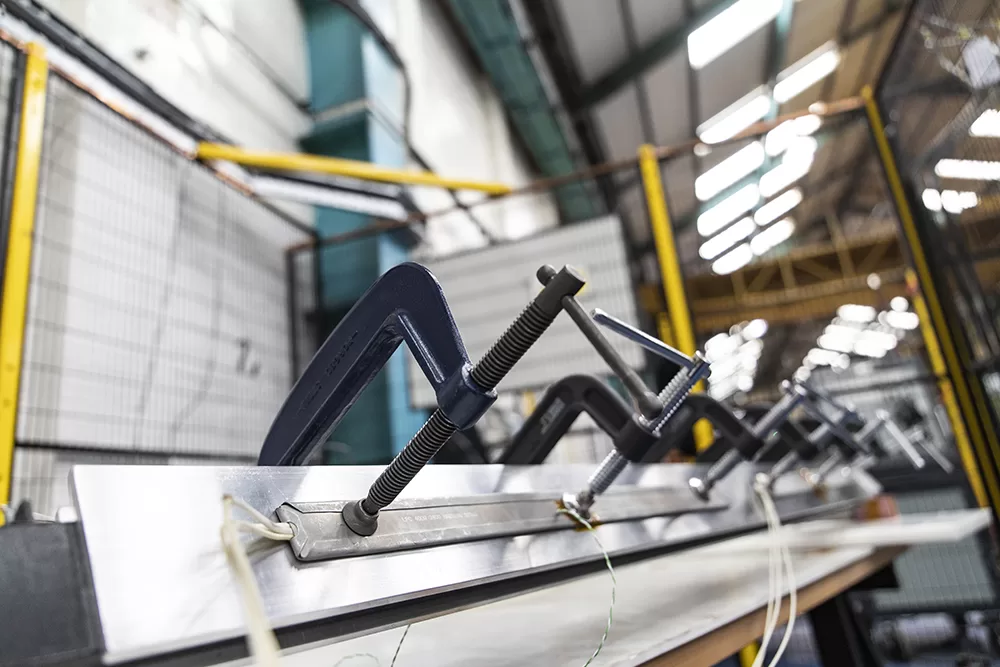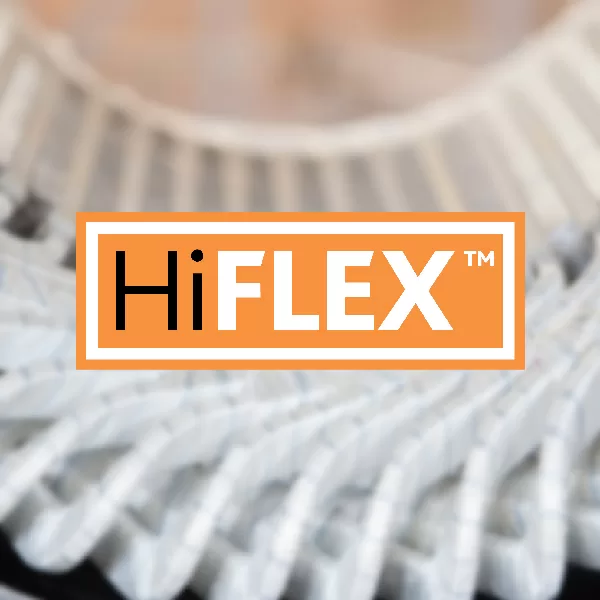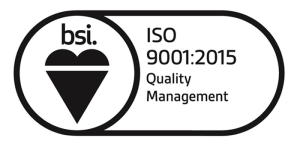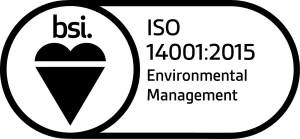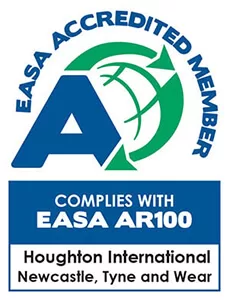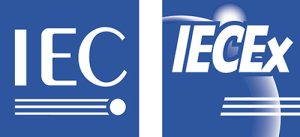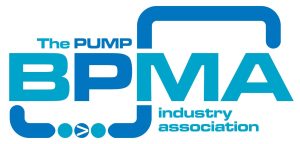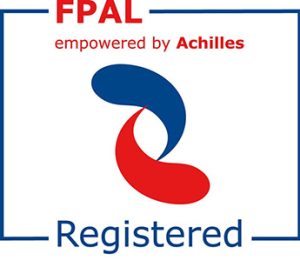There are two fundamentally different insulation systems ranging across almost all types of high voltage (HV) rotating electrical machines.
- Resin rich insulation technology, for which a high quality epoxy resin insulation is applied and consolidated during the coil manufacturing process. This means the individual high voltage coils and the connected winding are fully tested thus guaranteeing the individual dielectric integrity of each HV coil before insertion into the stator and further testing.
- Vacuum Pressure Impregnation (VPI) which requires the main insulation of epoxy, polyester or silicone resin to be introduced to a winding after coil insertion inside a pressure chamber. The impregnated stator is then baked in an oven to cure the resin, thus completing the insulation system. The machine is then fully tested at high voltage to ensure dielectric integrity and compliance to international repair standards, i.e. BS EN ISO 60034 or equivalent.
Resin-rich and vacuum pressure impregnation (VPI) cater to different needs and circumstances. In this blog post, we’ll explore the key advantages and disadvantages of both processes to help you make an informed decision based on your specific requirements.
There are many differing schools of thought on which system is the most appropriate.
This view depends on experience, personal preference, manufacturing cost, verified technical data, whether the machine is being built new or is undergoing repair and the application, such as pump or alternator.
In general, the main advantage of the resin rich coils over the VPI is the ability to a) test each coil at various stages manufacturing and of the winding process and b) being able to rewind the stator in situ without the need to transport the motor or the stator for the global VPI processing.
Advantages of Resin Rich
In Situ Winding
Resin-rich coils are particularly advantageous in situations where equipment removal and transport are challenging, such as on ships.
Testing at Every Stage
Coils can be individually tested at various stages of the manufacturing and winding process, ensuring a high-quality final product.
High Quality Impregnation
The resin-rich process provides excellent and uniform impregnation in the slot portion, reducing the risk of partial discharge and increasing longevity.
Fully Cured and Void Free
The coils are fully cured and void-free, offering a hot-pressed rigid slot cell section with high dimensional tolerances while maintaining flexibility in end-winding.
High Dielectric Properties
Resin-rich coils exhibit excellent dielectric properties, reducing the risk of partial discharge and allowing for remedial work during service.
Easier for Partial Repairs
Damaged coils can be replaced individually, making partial repairs practical and cost-effective.
On-Site Insulation
Coils can be installed on site as there is no requirement for further processing (i.e. the VPI process)
Improved End-Winding Bracing Systems
The end-winding bracing systems can be enhanced and made more robust to meet specific operational requirements, providing an additional advantage for applications with unique demands.
Disadvantages of Resin Rich
Higher Cost
Resin-rich coils tend to be more expensive, though this cost is often offset by savings from not requiring the VPI process.
Higher Competency Needed
Skilled winders may be needed for end-winding insulation and blocking.
Typically Only Class F
Resin-rich coils are typically rated at Class F (155°C), though Class H (180°C) options are now available.
Advantages of VPI
Reduced Cost
VPI coils can lead to reduced manufacturing costs, although this may be offset by the cost of the VPI process itself.
Fast Installation
Green coils can be installed more quickly.
Same Insulation Tape
The same insulation tape can be used throughout the coil, reducing the straight length of the coil out of the core.
Higher Class Readily Available
Higher class H readily available
Disadvantages of VPI
Require VPI & Asset Removal
Stators requiring global VPI need to be removed and sent to a service centre for rewinding and VPI.
Difficult to Repair
Stators impregnated with VPI are challenging to repair.
Hard and Brittle Resin
Only one resin type is used in the VPI process, resulting in a hard and brittle final product that may crack over time.
Requires Good Surface Finish
Multiple processing stages required for good surface finish of the green coil.
Maintaining Flatness can be Difficult
Maintaining the coil flatness in the slot portion can be difficult which can increase the risk of partial discharge in the slot.
Difficult to Maintain the VPI Process
Various resins are used in the VPI process, with lower viscosity resins being challenging to maintain and requiring a high resin turnover.
Requires Stator Rotation During Curing
Retaining resin during curing typically requires stator rotation, which is easier for manufacturers who wind a stator core pack before inserting it into the stator case.
Needs a Large Enough VPI Vessel
The VPI vacuum/pressure vessel must be large enough to accommodate the complete stator.
Complete Rewinds More Expensive
For machines requiring complete rewinds, costs may be higher due to the difficulty of removing the old winding. This becomes a major issue for machines that can only be rewound on-site, posing challenges in terms of cost and logistics.
Frequently Asked Questions
Choosing between resin-rich and VPI processes depends on various factors such as cost considerations, repairability, and the specific needs of the application. Both methods have their advantages and disadvantages, and understanding these differences is crucial for making informed decisions on your choice of coil for your asset. It’s worth noting that we manufacture both VPI and Resin Rich coils.
We manufacture both VPI and Resin Rich coils. Would you like support on selecting the best coil system?
Get in touch using the boxes below and we’ll get back to you.

